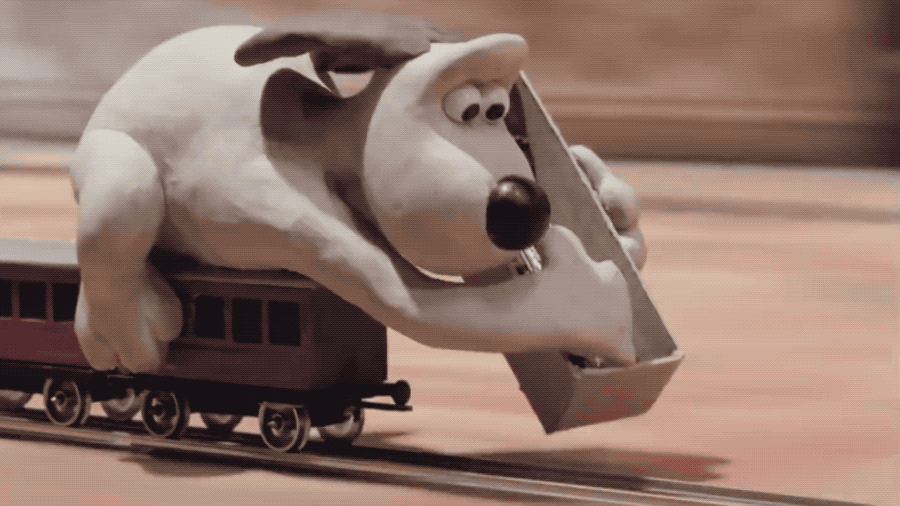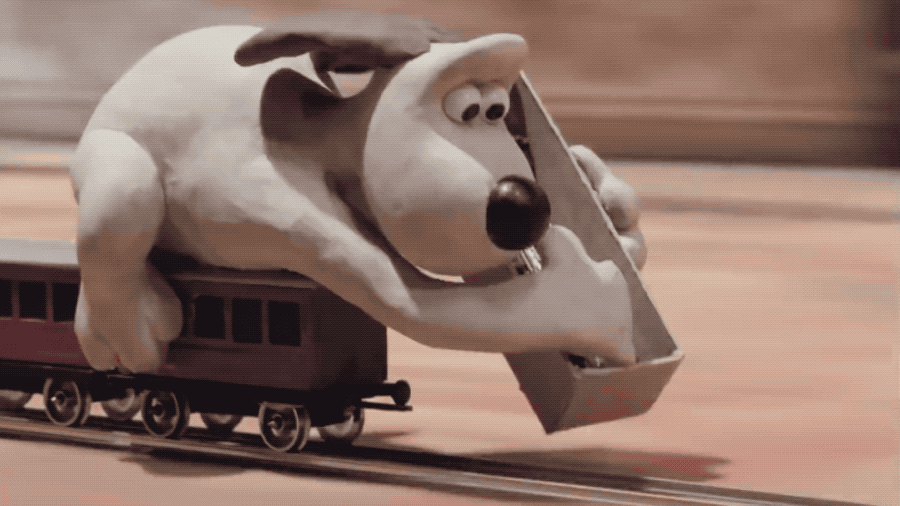Exploratory Prototyping in Product Design
Prototype to calibrate your creative compass to the values that are important to your product.
In our experience, this approach works well when trying to ‘get the design right’ for a known design space, but can be problematic when trying to ‘get the right design’ in uncharted territory. When the design space is still undefined, you need to calibrate your creative compass to the values that are important to your product instead of investing in a full prototype of a specific concept. At Above, we found that working with multiple exploratory prototypes early in the process can be very effective. These prototypes are designed for understanding a problem area or context, not to be the first iteration of the end product. Putting this effort in early is important, since “a problem well-stated is half-solved” (
Build things to fail faster, learn better, and succeed sooner.
Exploratory prototypes are different than traditional prototypes. They might be built to explore a single feature of a concept and learn about specific aspects of an experience without the investment of creating something resembling the final product. While the singularity of the experience usually doesn’t allow for more holistic insights, it can be incredibly useful in validating the feature and sparking more ideas. Since they are quicker to implement, a testing session could include a variety of these experiments.


When you have identified strong UX principles, creating multiple prototypes that each try to satisfy just one of these principles can be an effective way of charting unknown waters. Each of these prototypes can be designed with custom features and individual aesthetics to highlight the principle they embody. While these prototypes can already resemble a future version of the product, it’s important to keep them abstract enough for people to respond to the concept, not get hung up on the aesthetic.
The physicality of a prototype can provoke a visceral response in users, designers and other stakeholders. They are effective in breaking down the language barriers between abstract conceptual thinking and the “real experience” by making concepts and ideas tangible. This allows all stakeholders to actively contribute and be part of the process together, which can create a positive impact on the whole organization. The specificity of a real experience can inspire great refinements of the idea or spark new insights in a matter of hours. Making an experience real also forces you to make decisions quickly that can take whole meetings to discuss. These decisions will not always be right, but the things you get wrong are often more interesting and will align the team about what is.
“This all sounds like a lot of work”
Understanding how to minimize the effort of making these prototypes is crucial. Investing too much work into a specific prototype can lock you into a concept too early. Exploratory prototypes should be quick to make and easy to abandon, just like sketches. Understanding the purpose of your prototype is crucial to focus your design and engineering efforts on what really matters. Do you need to evaluate a specific product feature with a specific user group, understand the social dynamics that your product could create, or create buy-in for your design within the organization? Most likely you will hear yes more than once when asking these questions, so it’s important to prioritize.
Try to follow the 80/20 rule, where 20 percent of the work gets you 80 percent of the results instead of aiming for perfection. This might mean hacking similar products instead of building something from scratch or hiding most of the technical components behind a fake wall instead of making an integrated prototype.
